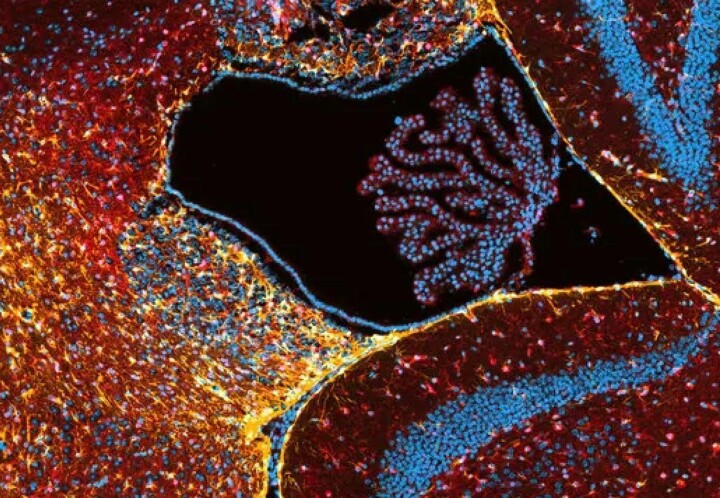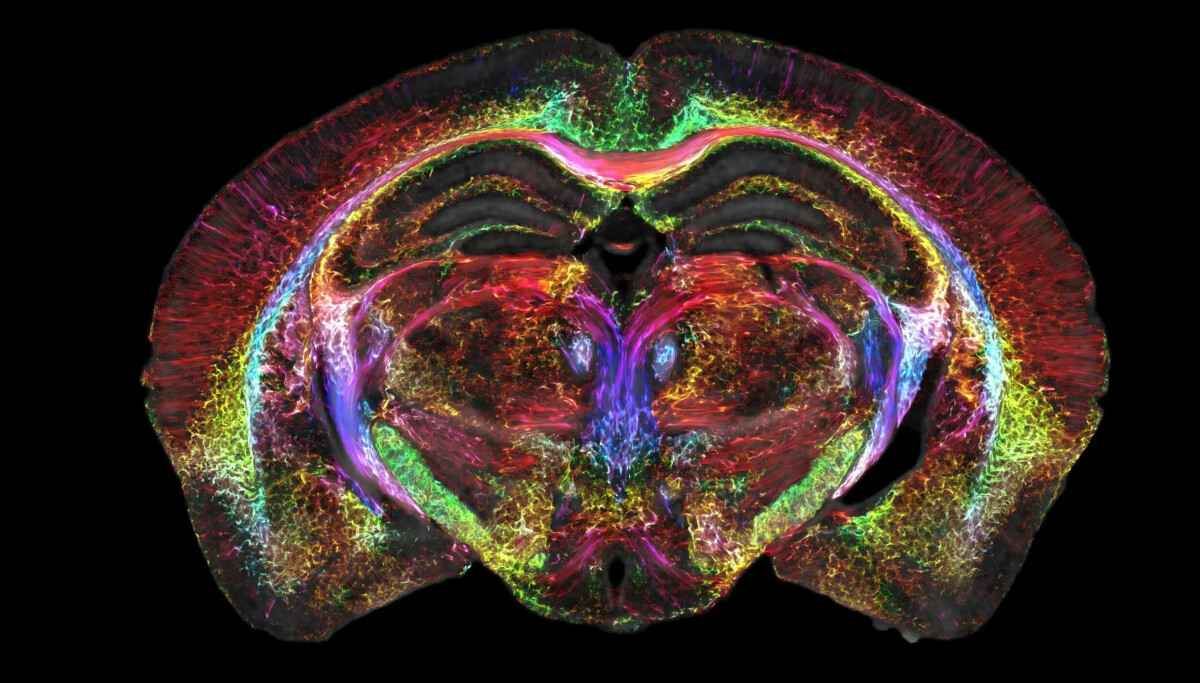Picture for science
By capturing data in three dimensions of a mouse brain, the new technology could help us with research into Alzheimer's disease, among other things.
Fifty years after the first image taken with MRI technology, researchers from Duke University, in cooperation with scientists from several universities, succeeded in creating an MRI image that is 64 million times clearer than the usual technology.
The new technology captures data in three dimensions and creates so-called “voxels”, that is, pixels in three dimensions, where the size of each building block of the image is only 5 microns. Among other things, this can help us understand what happens in the brain affected by Alzheimer's disease.

With the help of a 9.4 Tesla magnet, up to three to four times stronger than today's magnets, and the computing power of a smaller supercomputer, the researchers were able to capture an image sequence of an entire mouse brain – of which we see a section here.
Read more: Science and photography

“Entrepreneur. Freelance introvert. Creator. Passionate reader. Certified beer ninja. Food nerd.”







More Stories
Logitech Steering Wheel News: New Steering Wheels, Gear Lever, and Handbrake in Direct Drive Series
Garmin Launches inReach Messenger Plus App
Why Rare Earth Metals for Electric Cars Are Crucial for Modern Mobility